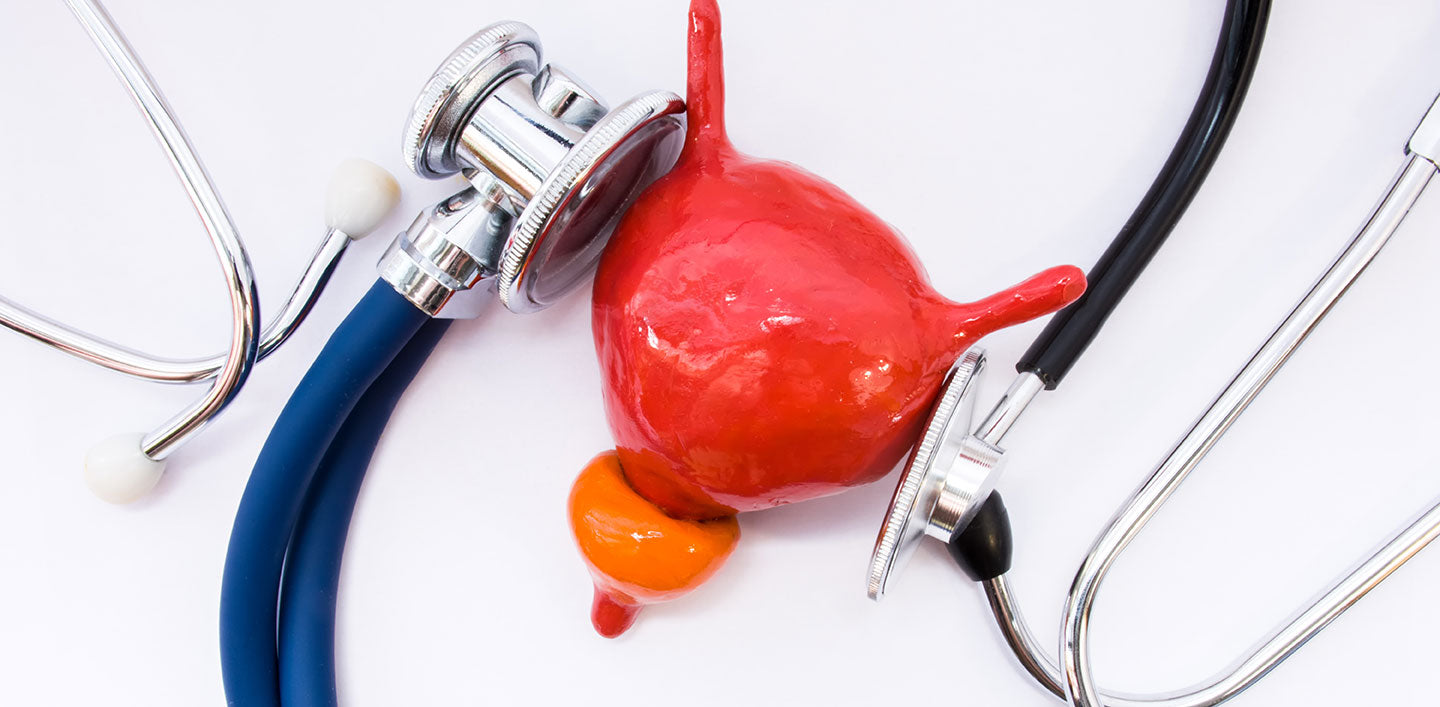1-866-405-5138 (U.S.) 🇺🇸 or
1-925-331-6892 (Non-U.S.)

A lot of men are embarrassed to ask things like “when should you get a prostate exam”, “what happens during a prostate exam”, and even basic questions like “what is a digital rectal exam”. Not only is there nothing to be embarrassed about - understanding the answers is a key part of any man’s wellness.
For most men of a certain age, it’s one of the most dreaded parts of any check-up. Embarrassing, invasive, awkward... prostate exams (also known as digital rectal exams) have been called a lot of things by a lot of guys over the years, but the fact remains that they’re an extremely important part of men’s health. Moreover, they’re really not as bad as you might think.
Today, we’re going to take away the apprehension and embarrassment of prostate exams by getting right down to basics. We’ll start with a clear and simple look at what happens during a prostate exam and what a digital rectal exam truly is, before moving on to questions like “when should you get a prostate exam” that all men should know the answers to.
Let’s begin by clarifying a slightly confusing bit of terminology. A prostate exam and a digital rectal exam (DRE) are one in the same, and although the word “digital” might conjure up some ideas of fancy gadgets, the meaning in this case is a bit more… old school. It’s “digit” as in finger we’re talking about here.
Prostate exams are performed in order to detect enlargements or irregularities in the shape of the prostate, and are primarily used to screen for prostate cancer. To do this, a doctor will insert a gloved, lubricated finger into the rectum to physically examine the prostate by feeling it through the rectal wall. In doing so, they’re both searching for any lumps or nodules, as well as estimating the size of the prostate gland.
You’re probably thinking, “Yes, it’s easy to talk about ‘inserting a gloved, lubricated’ finger casually in clinical terms, but what actually happens during a prostate exam”. So, here’s a real-world, step-by-step description of what you can expect:
Quick and painless, the main hurdle for most men getting a prostate exam/digital rectal exam is a mental one. As we begin to cover some answers to “when should you get a prostate exam”, you’ll get a better picture of why receiving this exam is worth overcoming that hurdle.

There are a number of different factors that determine when you should get a prostate exam, and your personal decisions about screenings should always be based on conversations with your doctor. In fact, the American Cancer Society’s guidelines for prostate exams are actually recommendations of when to discuss prostate screenings with your doctor, rather than firm statements regarding when the screenings should be done.
In any case, these are the ages at which the ACA recommends men have a discussion with their doctor about beginning regular prostate exams:
Once you and your doctor have determined when you should begin to receive regular prostate exams, a PSA (prostate specific antigen) blood test may be used to determine how often you should get a prostate exam. You can learn more about the PSA test in our Ultimate Prostate Health Guide but in short, PSA is a protein produced by prostate cells which, when elevated, may be indicative of prostate cancer, or may be the result of a benign condition like BPH or prostatitis. According to the ACA’s guidelines:
Lastly, certain urinary problems that necessitate a conversation with your doctor may also cause them to recommend a prostate exam to determine whether they’re caused by benign conditions like benign prostatic hyperplasia or prostatitis, or if it may be something more serious. These include:
Ultimately, it’s perfectly understandable for men to have questions like “when should you get a prostate exam” and “what happens during a prostate exam”. Getting a digital rectal exam can certainly feel more embarrassing and invasive than most other parts of a normal check-up, but hopefully our discussion here gives you a better sense of why it’s so important to at least talk with your doctor about regular prostate exams.
Don’t forget to check out our Ultimate Prostate Health Guide to learn more useful knowledge about the prostate, and follow us on Facebook and Instagram for the latest health and wellness news.
Leave a comment